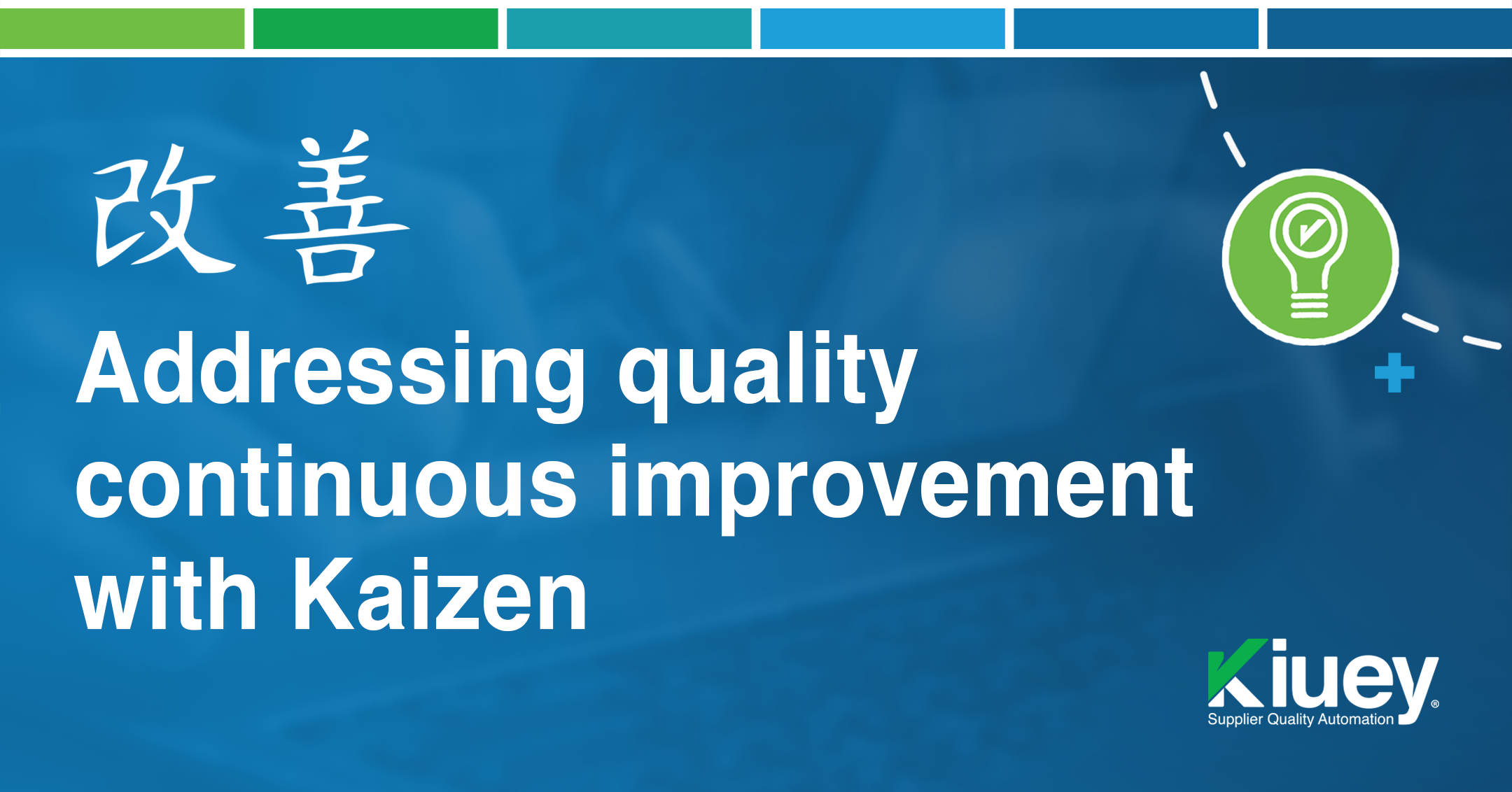
In today’s competitive landscape, ensuring consistent supplier quality is paramount. Supplier Quality Engineers (SQEs) play a critical role in this process, acting as a bridge between the buying organization and its suppliers. But maintaining and improving quality is an ongoing journey – a concept perfectly captured by the Japanese philosophy of Kaizen.
Kaizen, meaning “continuous improvement,” is a powerful tool for SQEs to empower suppliers and achieve lasting quality enhancements. Here’s how Kaizen principles can be applied to elevate an SQE’s approach to continuous quality improvement:
- Fostering a Culture of Collaboration: Kaizen emphasizes teamwork and a shared responsibility for quality. SQEs can work with suppliers to establish regular communication channels, encouraging open dialogue about challenges and opportunities. Collaborative problem-solving fosters trust and a sense of ownership, leading to more effective solutions.
- Identifying and Eliminating Waste (Muda): A core tenet of Kaizen is identifying and eliminating “Muda” – any wasteful activity that does not add value to the process. SQEs can guide suppliers in analyzing their operations to identify inefficiencies, like unnecessary inspections or rework loops. By streamlining processes and reducing waste, suppliers can improve their efficiency and quality output.
- The Power of Small, Incremental Steps: Kaizen promotes continuous improvement through small, incremental changes. SQEs can work with suppliers to set realistic, achievable goals that focus on specific areas for improvement. Celebrating these small wins motivates suppliers and keeps momentum high.
- Utilizing the PDCA Cycle: The Plan-Do-Check-Act (PDCA) cycle is a fundamental Kaizen tool. SQEs can guide suppliers in applying this structured approach to quality improvement. By planning improvements, implementing them on a small scale, checking their effectiveness, and acting on the results, suppliers can refine their processes iteratively, leading to significant long-term gains.
- Empowering the Supplier Workforce: Kaizen thrives on employee engagement. SQEs can encourage suppliers to involve their workforce in improvement initiatives. By leveraging the collective knowledge and experience of their employees, suppliers can tap into a hidden wellspring of creative solutions.
Tools and Techniques for SQE Implementation:
Beyond these core principles, Kaizen offers a toolbox of techniques that SQEs can leverage to support suppliers:
- 5S Methodology: Implementing the 5S methodology (Sort, Set in Order, Shine, Standardize, and Sustain) helps create a clean, organized work environment, reducing errors and improving efficiency.
- Visual Management: Utilizing visual aids like charts, graphs, and Kanban boards helps everyone within the organization stay informed and identify problems quickly.
- Standardized Work: Developing standardized procedures and checklists ensures consistent quality and reduces variability.
Benefits of Utilizing Kaizen:
By integrating Kaizen principles, SQEs can create a win-win situation for both the buying organization and its suppliers.
- Improved Supplier Quality: Continuous improvement leads to a steady increase in supplier quality, reducing defects and rework costs.
- Enhanced Supplier Relationships: Collaboration fosters trust and transparency, strengthening supplier relationships.
- Reduced Costs: Eliminating waste and improving efficiency leads to cost savings for both sides.
- Increased Innovation: A culture of problem-solving encourages continuous innovation, leading to better products and processes.
Conclusion
Kaizen is not merely a set of tools; it’s a philosophy that drives continuous improvement. When SQEs embrace Kaizen principles and work collaboratively with suppliers, they can create a powerful force for quality excellence. By empowering suppliers to take ownership of their quality journey, SQEs can ensure a reliable and ever-improving supply chain, ultimately contributing to a more competitive and successful organization.
Subscribe to our newsletter.
Your go-to destination for insights, best practices, and innovative solutions in supplier quality assurance.
Recent Posts
PPAP strategies for effective supplier collaboration with Kiuey
December 9, 2025
How supplier quality audits drive zero defect manufacturing
December 4, 2025
Creating an effective supplier audit checklist for better compliance
November 27, 2025
Categories
Let's talk to see how PPAP Manager can help your company to save time and money.




